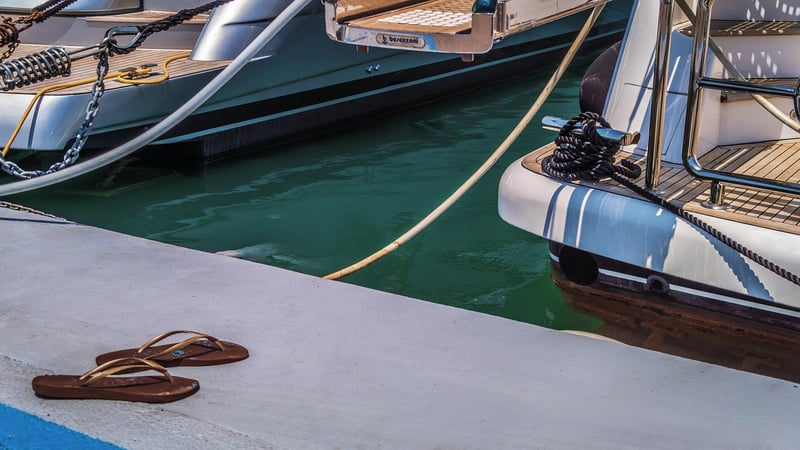Historical Etiquette
Preparing for the Journey: Historical Etiquette

Introduction
Embarking on a journey in the past was not just about packing your bags; it also involved adhering to a set of social norms and etiquettes. Let's delve into the historical etiquette that travelers used to follow before starting their adventures.
1. Dressing Appropriately
Back in the day, travelers were expected to dress elegantly and appropriately for their mode of transportation. Whether traveling by train, carriage, or ship, one had to adhere to the formal dress code of the time.
2. Packing Essentials
Unlike modern times, historical travelers had to pack essentials like a calling card case, handkerchief, and writing materials. These items were crucial for maintaining social connections during the journey.
3. Observing Social Customs
Respecting social customs and hierarchies was paramount. It was essential for travelers to greet others politely, address them with appropriate titles, and observe formalities while interacting with people from different backgrounds.
4. Dining Etiquette
Proper dining etiquette was a significant aspect of travel etiquette. Knowing how to use different cutlery, understanding table manners, and engaging in polite conversation were essential skills for any traveler dining with others.
5. Gratitude and Acknowledgment
Expressing gratitude and acknowledgment towards hosts, guides, and fellow travelers was considered a sign of good breeding. Thanking your hosts and showing appreciation for their hospitality was expected at the end of a journey.
Conclusion
While modern travel may have relaxed some of the stringent etiquettes of the past, understanding historical travel etiquette can offer insights into the social norms and values of a bygone era. So, as you prepare for your next journey, remember the grace and decorum that historical travelers once exemplified.
Safe travels!
